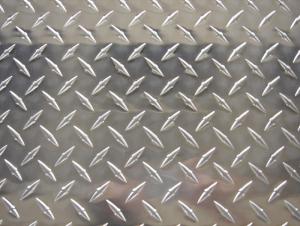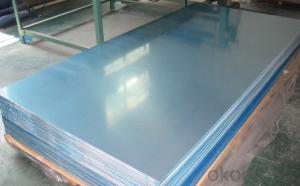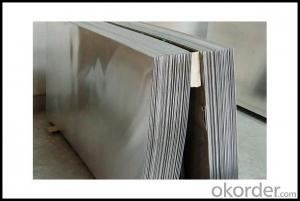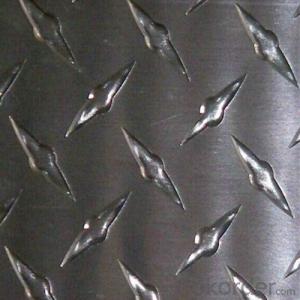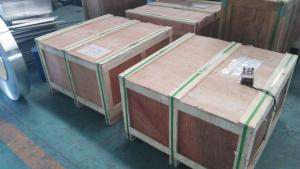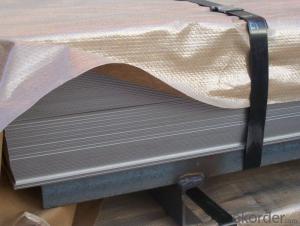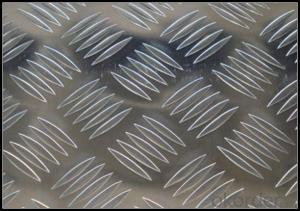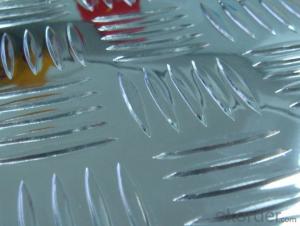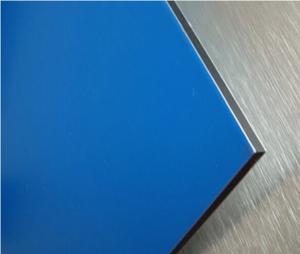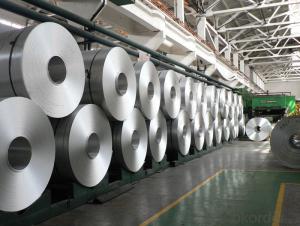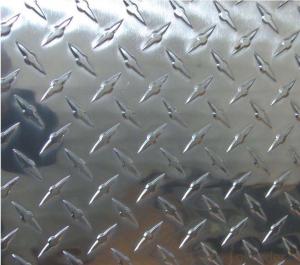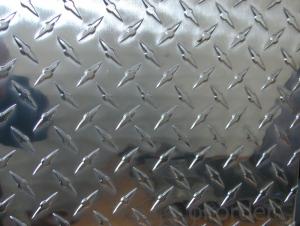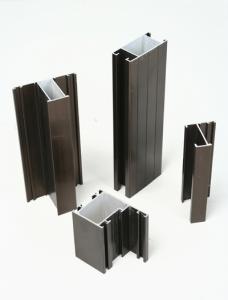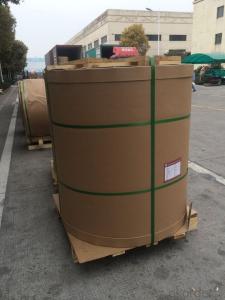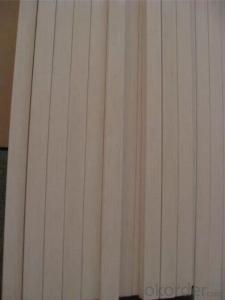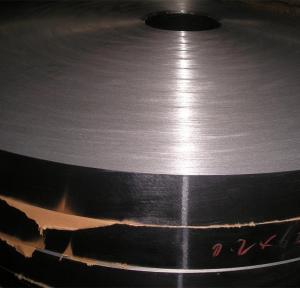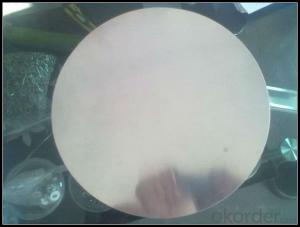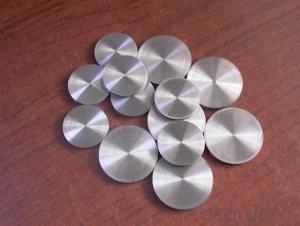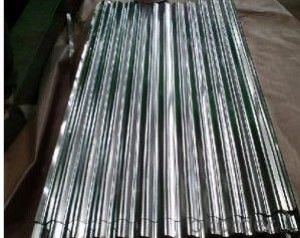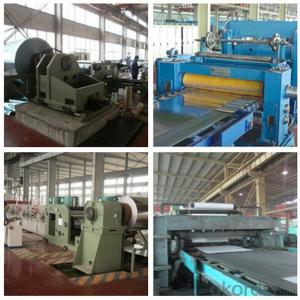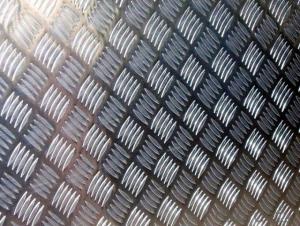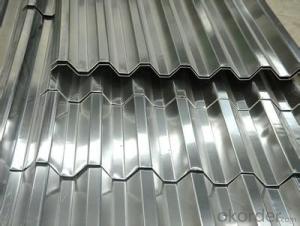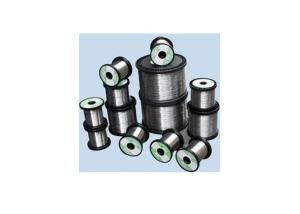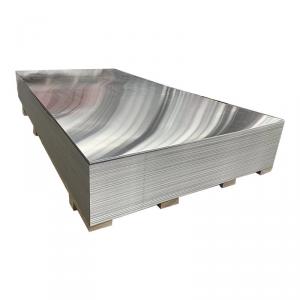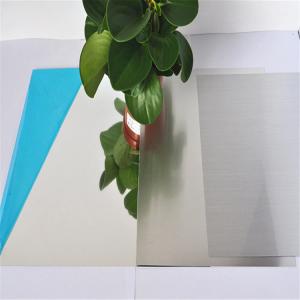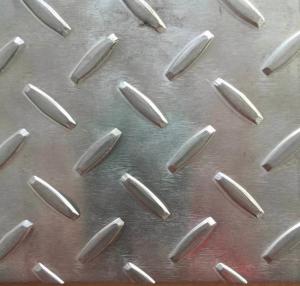4x10 Aluminum Diamond Plate
4x10 Aluminum Diamond Plate Related Searches
5x10 Aluminum Diamond Plate 4x8 Aluminum Diamond Plate Aluminum Diamond Plate 4x8 4x8 Diamond Plate Aluminum 4 X 8 Aluminum Diamond Plate 4x8 1/4 Aluminum Diamond Plate 4x8 1 4 Aluminum Diamond Plate 4x8 1/4 Diamond Plate Aluminum Diamond Plate Aluminum 4x8 4 X 8 Diamond Plate Aluminum 4x8 3 16 Aluminum Diamond Plate 1/4 Aluminum Diamond Plate 4x8 4x8 1 8 Aluminum Diamond Plate 4x8 Sheet Aluminum Diamond Plate 4 8 Aluminum Diamond Plate Black Aluminum Diamond Plate 4x8 1 8 Aluminum Diamond Plate 4 X8 4x8 3/16 Aluminum Diamond Plate 1 4 Aluminum Diamond Plate 4x8 1/8 Aluminum Diamond Plate 1 4 Inch Aluminum Diamond Plate 4x8 Aluminum Diamond Plate Price 4x8 Sheet Diamond Plate Aluminum 4x8 Aluminum Diamond Plate 3/16 4x8 1/8 Diamond Plate Aluminum 4 By 8 Aluminum Diamond Plate 4x8 Diamond Plate Aluminum Price 4x8 Aluminum Diamond Plate 3 16 Aluminum Diamond Plate 4x8 Sheet Aluminum Diamond Plate 4x8 1254x10 Aluminum Diamond Plate Supplier & Manufacturer from China
4x10 Aluminum Diamond Plate is a type of metal sheet material that features a distinctive diamond-shaped pattern on its surface, providing both an aesthetically pleasing appearance and enhanced traction. This product is made from high-quality aluminum, which makes it lightweight, durable, and resistant to corrosion, making it ideal for various applications.The 4x10 Aluminum Diamond Plate is widely used in a range of industries and settings, including construction, automotive, and industrial applications. Its slip-resistant surface makes it a popular choice for walkways, ramps, and flooring in areas where safety is a priority. Additionally, its lightweight nature and corrosion resistance make it suitable for use in marine environments and outdoor applications where exposure to moisture and harsh weather conditions is common.
Okorder.com is a reputable wholesale supplier of 4x10 Aluminum Diamond Plate, offering a vast inventory to cater to the needs of various customers. With a commitment to providing high-quality products at competitive prices, Okorder.com ensures that customers can find the 4x10 Aluminum Diamond Plate they need for their specific projects and requirements.
Hot Products

